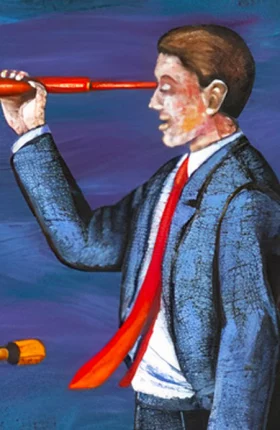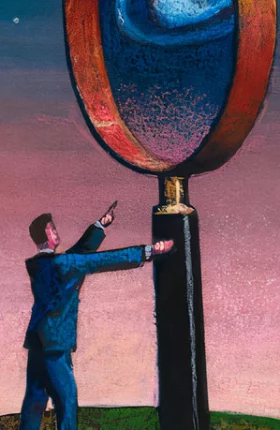The growth share matrix—put forth by the founder of BCG, Bruce Henderson, in 1970—remains a powerful tool for managing strategic experimentation amid rapid, unpredictable change.
BCG Classics Revisited

Classics
2013年12月23日
The principles of time-based competition—a classic concept among BCG insights—still hold. But today’s companies must be adaptive, as well as fast, in order to succeed.

Classics
2013年5月28日
The experience curve theory still holds, particularly in specific industries. But to succeed in today’s environment, many companies need to develop an additional kind of experience.

Classics
2012年12月4日
BCG founder Bruce Henderson’s rule, conceived in 1976, still holds valuable lessons for companies in many industries.
Explore the Collection of Classic BCG Insights

Classics
1968年1月1日
One of the most well-known BCG insights, Bruce Henderson’s hallmark concept illustrates the direct relationship of costs to accumulated production experience.

Classics
1976年1月1日
A stable competitive market never has more than three significant competitors, the largest of which has no more than four times the market share of the smallest.

Classics
1990年1月1日
John Clarkeson wrote that the winning organization of the future will look more like a collection of jazz ensembles than a symphony orchestra. The future is here.

Classics
1981年1月1日
An example of timeless BCG thought leadership, this piece explains why companies need to absorb the fast-changing lessons of strategic thinking to survive and thrive.

Classics
1988年1月1日
How to deliver the most value for the lowest cost in the least amount of time? George Stalk identified the three tasks you must accomplish to become a time-based competitor.

Classics
1973年1月1日
Bruce Henderson posited that the more experience a business had in producing a product, the lower it would cost to produce it. Read Henderson on the “experience curve.”

Classics
1968年1月1日
Bruce Henderson, the founder of BCG, wrote that all organizations must adapt or die. So why are the forces of corporate culture so set against change?

Classics
1970年1月1日
Only companies with a balanced portfolio of products—as reflected in BCG's growth share matrix—can use their strengths to truly capitalize on growth opportunities.

Classics
2006年10月26日
The lighter-weight business models enabled by Web 2.0 pose threats and present opportunities to traditional players.

Classics
1977年1月1日
A diversified portfolio enables a company to operate on a higher level of complexity. Instead of developing a family of products, it is able to develop a family of businesses.

Classics
1989年1月1日
One of our classic BCG insights explains why managers in network organizations have to empower their people and learn to live with less control.

Classics
2002年1月1日
What can a nineteenth-century Prussian general teach today's business leaders about surviving crises? Plenty.

Classics
2007年6月7日
Strategy requires established players at the center to make regular visits to outsiders on the periphery, where modest investments can produce huge payoffs.

Classics
1980年1月1日
Strategic competition holds the promise of a quantum increase in productivity and the ability to control and expand a company’s potential.

Classics
2002年2月1日
Companies managed by leaders who can connect emotionally to their employees, suppliers, and customers will emerge vastly stronger from these tumultuous times.


